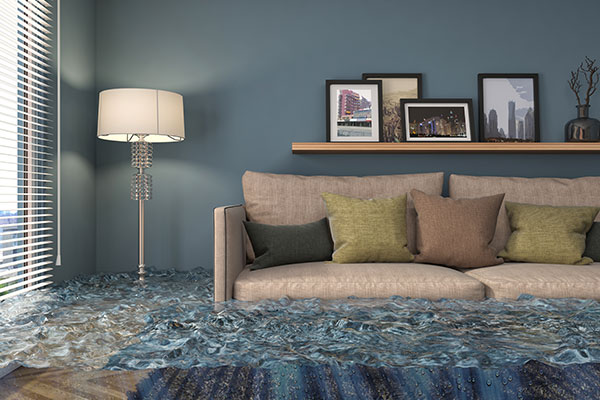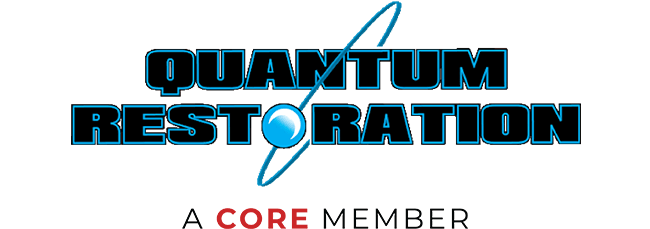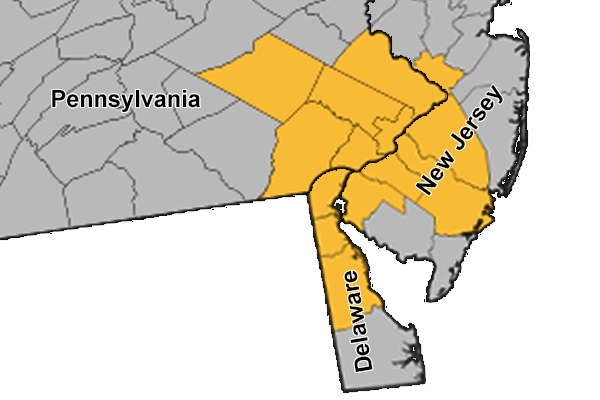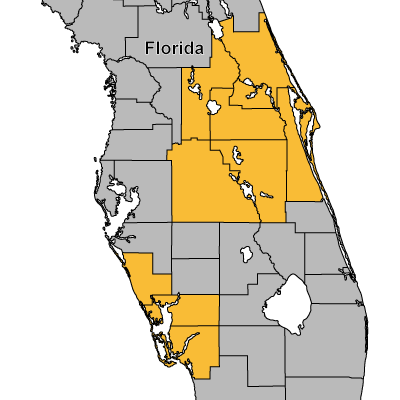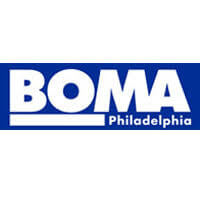Flood Damage
Integrity before bottom-line. Minimize loss. Expedite Mitigation process. Restore to Pre-loss conditions.
Types of Flood Damage
There are three types of water damage and they should all be handled differently to ensure the integrity of your indoor living environment and in order to minimize the impact on your immediate life.

Category 1 (Clean Water)
Water damage caused from a clean water broken pipe, a hot water heater leak, or air conditioning leak to name a few. In most cases, if the water removal and drying process begins within 24 hours of the incident, demolition or floor removal may not be necessary provided the company you chose has the right type of equipment and the knowledge of how to effectively dry all of the effected materials. Many contractors will look to rip your home apart to make their invoice higher and tell you that it is necessary in order for them to dry your home or building. As a matter of fact, most clean water floods can be mitigated without any demolition. If you experience this type of loss and do not want your home turned into a construction site, look for a contractor that does “TOP DOWN DRYING” or “DIRECT HEAT DRYING”. Both of these methods can be used to dry flooring and structures without the need for demolition.
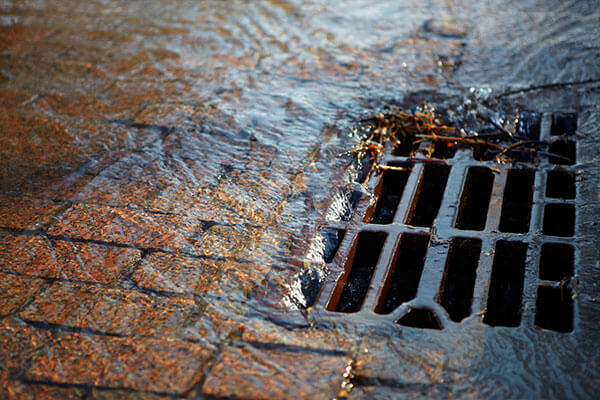
Category 2 (Grey Water)
Water damage that potentially contains contaminates or micro-organisms, often caused by washing machines, rain water, or stagnant water that has been sitting for more than 48 hours are a few examples. The protocol for this type of flood is a little more invasive than a category 1 flood. After water removal, the carpet padding and affected drywall should be removed and all affected areas need to be thoroughly cleaned and sanitized before the drying process begins.
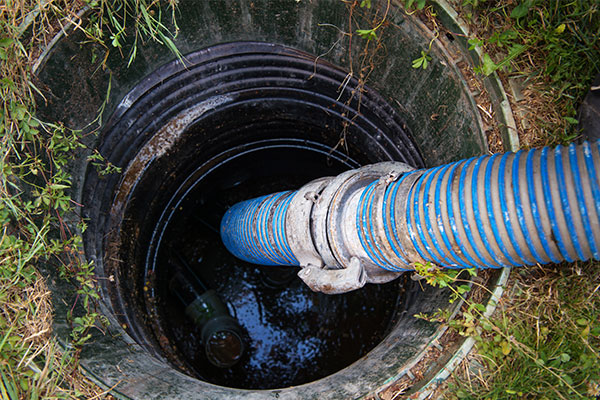
Category 3 (Black Water)
This type of flood can be the result of a sewer back up, rain water that has passed through soil where it could have picked up micro-organisms or flood waters from lakes or rivers. This is a very serious type of water loss and takes a great deal of work to mitigate. All affected textiles such as carpet, carpet padding, affected upholstered furniture need to be disposed of, along with any soft building materials such as sheet rock or particle board. Most flooring needs to be removed and disposed of and the concrete sub floor needs to be disinfected and steam cleaned. Lastly, before rebuilding, it is recommended that the existing frame work be sealed with an antimicrobial coating. If you were to not re-mediate a category 3 water loss properly it could result in serious health risks for the inhabitants.
Drying
We have informed you about the types of water losses that may occur and how they should be mitigated, now will discuss drying. There are many methods that can be used to dry a structure, textiles, and various building materials. Make sure that the restorer you are using is certified in structural drying and that they intend to use low grain refrigerant dehumidifiers, desiccant dehumidifiers or direct heat drying units to dry your home. Without these types of machines it is not possible to effectively dry building structures in a timely manner.
Here at Quantum Restoration Services we have extensive knowledge and experience in all facets of flood-related damage. We have the credentials, the experience, the know how and the most advanced equipment to mitigate and bring your home back to a pre-loss condition. Our goal is to minimize loss and restore your home or business as fast as possible. You can be assured that a certified professional will handle the mitigation of your home or business with only your best interests in mind and communicate with you along the way.
24/7 Emergency Service - Call (215) 770-0527
